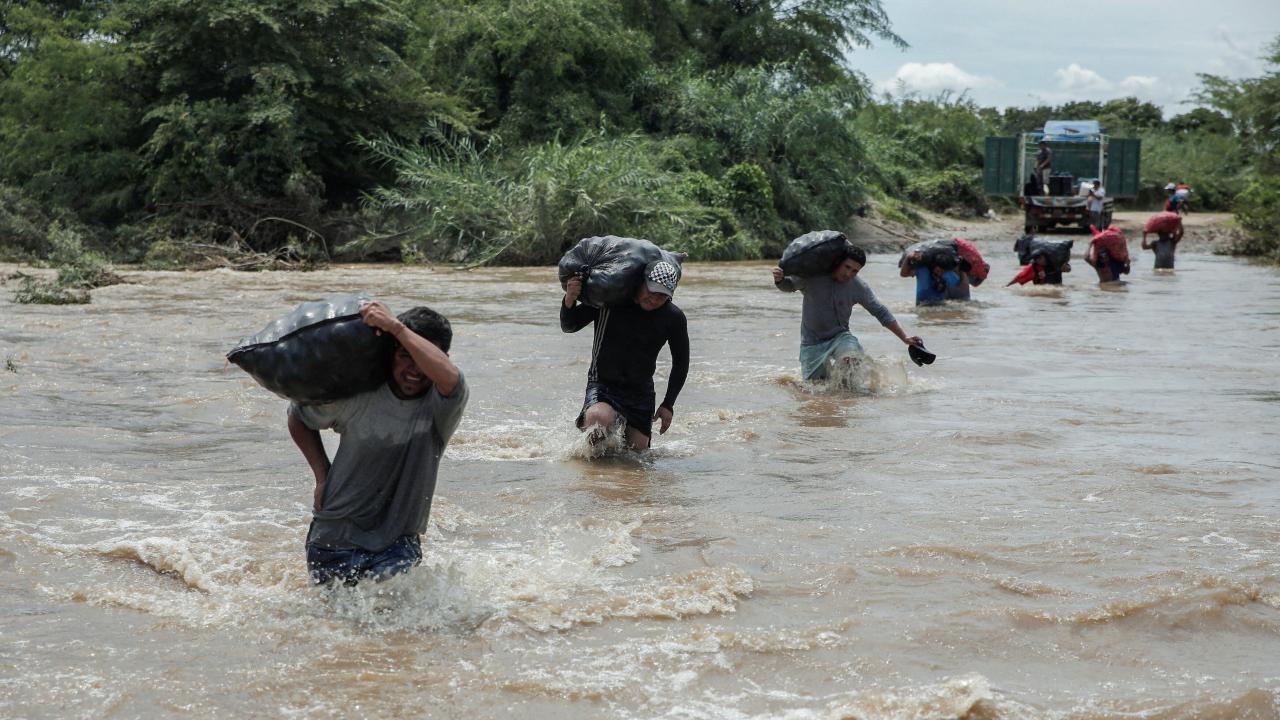
According to Boston Consulting Group, drawing up expansion plans related to the energy transition and building alliances with the public sector are some of the key strategies to overcome rising expenses in this new era.
El Niño phenomena and other natural disasters have worsened in recent years due to global warming. Alterations in climate or marine currents are leading to droughts, floods, hurricanes and fires, among others. In this context, material damage and economic losses are also coming.
Against this backdrop, a Boston Consulting Group (BCG) report highlights that insurers must balance the need to balance their capital in order to pay for claims and, at the same time, increased demand for coverage. The figures are revealing: the study maintains that natural disasters caused economic losses of about US$313 billion globally in 2022. At the same time, only US$132 billion, less than half the amount, was insured.
As for Latin America, the region showed an 8% increase in the value of commercial insurance policies between January and March 2023, according to the Global Insurance Market Index published by Marsh, an insurance brokerage company. It should be noted that property insurance rose 10% over said period, thus completing 18 successive quarters of growth on the back of “greater perception of political risks and natural disasters.”
“In Peru, tropical cyclone Yaku had a significant impact on material damage. Although the total cost to insure has not been specified, around US$600 million losses are estimated due to floods and landslides. In these cases, insurance plays a more practical and concrete role. But insurers can also set their own goals,” said Ana Morales, Managing Director & Partner of BCG to AméricaEconomía .
These objectives relate to sustaining decarbonization and the energy transition. According to Morales, the evaluation and support of these projects by insurers influences the finances of their clients and the economy in general.
On the other hand, Nadine Moore, managing director and partner at BCG, stated in the report that “the magnitude of losses from climate disasters means that insurers cannot shoulder the burden alone. However, the insurance industry has extensive experience in finding innovative ways to mitigate and transfer risk.”
With this vision, Moore proposes solutions such as an advanced risk model in which artificial intelligence (AI) is the protagonist. For her part, Morales is optimistic about the implementation of generative AI due to its potential to automate processes.
“In the insurance industry, there are three sections where AI can intervene. The first is underwriting, the ability to automate tasks, fill out forms, work on documentation summaries, etc. A second element is disaster management, where relationships are established with potential clients through chatbots and damages are estimated through the integration of documents.
Finally, there is generative distribution, where the capacity for hyper-personalization, which consists of recommending the best offer in real time, requires the adaptation of the offer for the client and that it be very varied,” said Morales.
The economist assures that the introduction of these models in insurance companies are in an experimental phase in Peru. It is a trend that is shared in the rest of Latin America and Morales interprets it as an example of how clients value these systems as a complement to human labor, but not as an ideal replacement.
Another key aspect that the insurance industry has promoted in recent years is cybersecurity. Morales perceives that the growing threat posed by electronic viruses and hackers has caused many companies to open policies and sell cybersecurity products.
However, other companies have not opted for these initiatives for two main reasons: they have limited experience with cyber losses or they have difficulty estimating the risk or size of said loss. That said, there also are companies currently offering personal cyber insurance to deal with identity theft, card blocking, cyber extortion and cyberbullying.
In this context, insurers usually offer this type of insurance to companies as the typology of cyber attacks that can occur in business has been better identified. “As amounts are higher, the policies are somehow more attractive to insurers. In the world of natural insurance production, there is such a diversity of casuistries (case studies to make decisions), and the policies are smaller. This makes it even more difficult to standardize and create products that have an excessive price, but that at the same time cover the different types,” Morales clarifies.
It is worth noting that public-private partnerships are mentioned among the other strategies evaluated by the BCG report for insurers to innovate in response to climate change. In developed countries, such initiatives include Flood Re, a British anti-disaster insurance that depends on public funds.
Along similar lines, there is an anti-terrorism reinsurance program in the United States. According to the report, these kind of programs are valid to evaluate their expansion to other areas that allow support in the coverage gap with citizens. “Recent disasters are a call to action for insurers to partner with governments to build new programs that complement current insurance products,” acknowledges BCG.
Finally, if the risk of long-term property damage is to be reduced, the involvement of building regulators and urban planners must be taken into account. These actors are tasked with ensuring that new building regulations limit damage. “Roof design and construction can be effective mechanisms to reduce the extent of losses from wind or fire. However, implementing these techniques takes time and may require financial support,” the report concludes.









